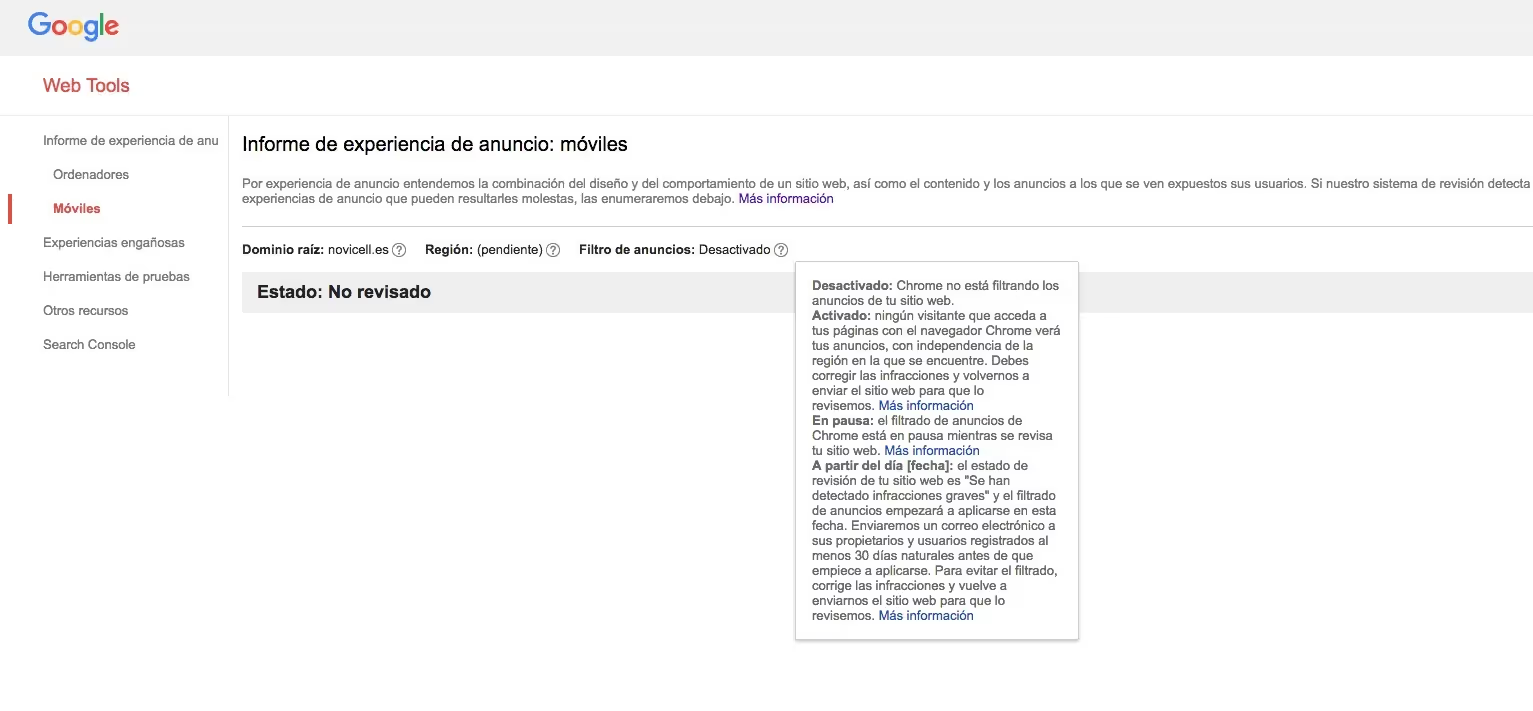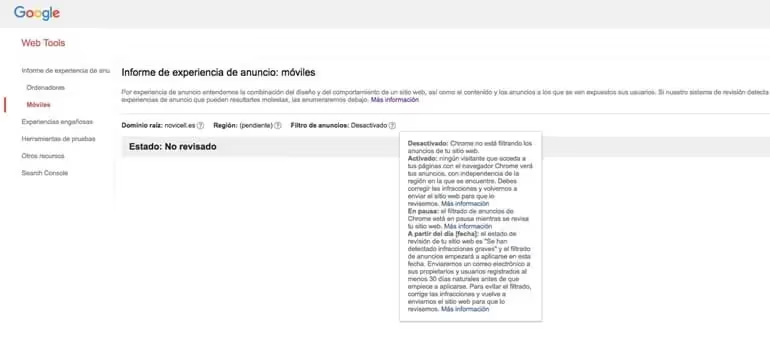How does the new Chrome adblocker affect my ads

Should we worry about the new Chrome Adblocker?
Perhaps you've heard that Google Chrome has released an adblocker integrated into its browser. With this extension, the browser automatically prevents the display of ads classified as “annoying”, both on mobile and desktop.
The goal is, according to a Google blog post, to raise the level of millions of ads that appear daily so that users have a better experience when browsing the web.
60-70% of all Internet sessions in January 2018 were conducted on Google Chrome or Safari (which also has an extension to block ads), which means that You can lose a lot of impressions if the blocks affect your ads. So what does this new approach really mean for those of us who work in online marketing and advertising? How do these adblockers affect our work? And what should I be more aware of?
The reason for blocking ads
Online advertising is very useful when advertisers want to focus their content on a very specific audience. But it is also true that The high volume of ads can often frustrate users who feel that their experience through online platforms is interrupted by irrelevant content.

Therefore, a number of international business associations, experts and companies have formed the Coalition for Better Ads, whose objective is to improve the consumer experience with online advertising. The coalition harnesses consumer knowledge to develop and implement global standards for online advertising, and these standards have led Google Chrome and Safari to launch native adblockers in their browsers.
“[...] users are unlikely to see an instant cut in the number of ads while they browse unless they frequently particularly ad-clogged sites.” Google, 2018
Track your ads with Google Search Console
Following recommendations from the Coalition's Better Ads Experience, Chrome and Safari have started to remove all ads that don't meet the standards since February 15, 2018. It is especially about pop-ups, autoplay videos with sound and ads that block the content of the page during loading, which are now blocked.

Source: www.betterads.org/standards/
Google does not differentiate between ads that are owned by the website itself or those that come from third parties. Therefore, it is important check if your ads are in danger of being blocked.
If you manage a website, you can check it out by accessing the Ad Experiments Report in the Google Search Console. Ads that have been “failing” for more than 30 days will be automatically blocked in Google Chrome. In addition to seeing the status of your website, you'll find tips on how to resolve any issues.


If you run your ads at a digital marketing agency, you should also keep in mind that the advertiser designs your ads based on the new standards. This will guarantee you maximum exposure and you won't lose traffic to your website.
And now what?
At Novicell, we recommend being aware and knowing in advance the new requirements that need to be met. The Guardian It also points out that many advertisers have nothing to fear:“[...] users are unlikely to see an instant cut in the number of ads while they browse unless they frequently visit ad-clogged sites.”
However, while your ads may not be blocked in the new adblockers, we recommend that you learn about banners that can create conversions among your target audience. In addition, it's important to think that banners are just another part of your overall marketing strategy and should not be isolated. El content marketing and Inbound marketing, together with your display ads, must form a global strategy.
How can we help you?
If you need more information, do not hesitate to contact us.
Cómo podemos ayudarte
Consulta los servicios con los que te ayudaremos a conseguir tus objetivos digitales.
